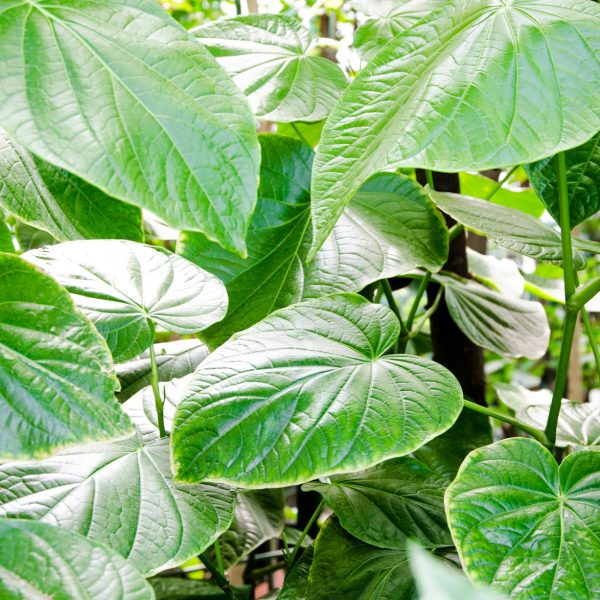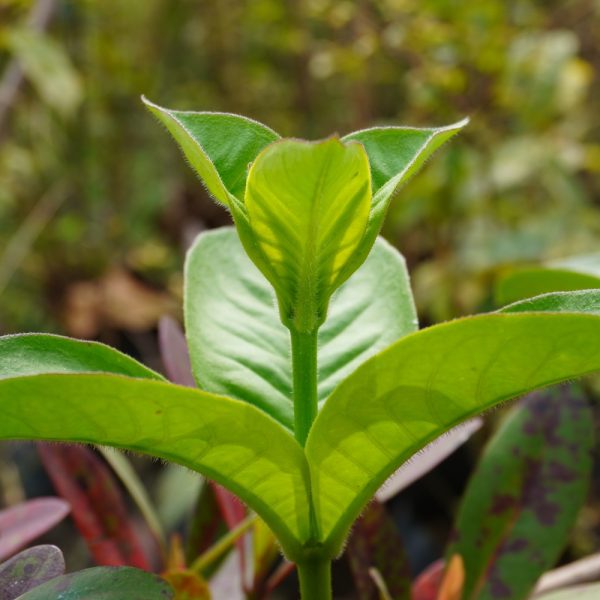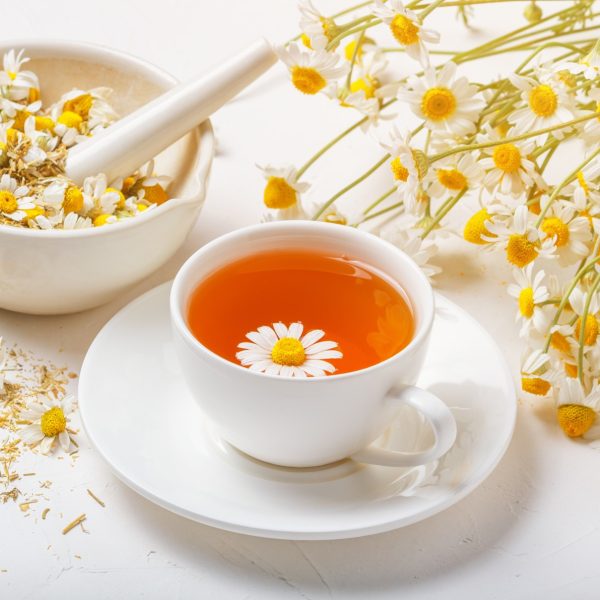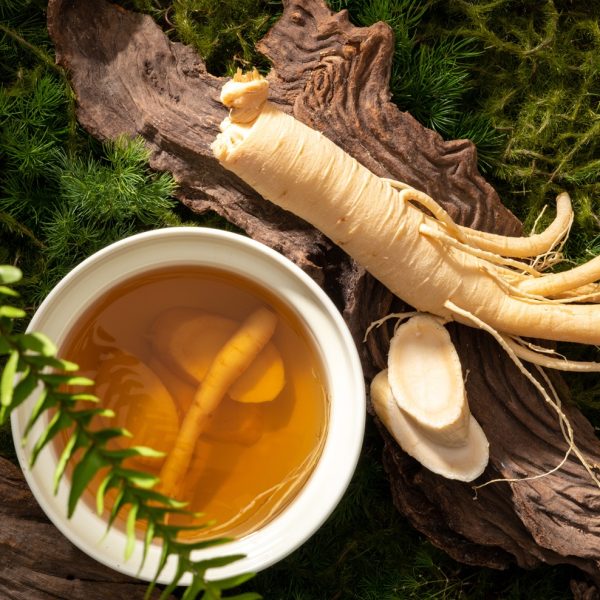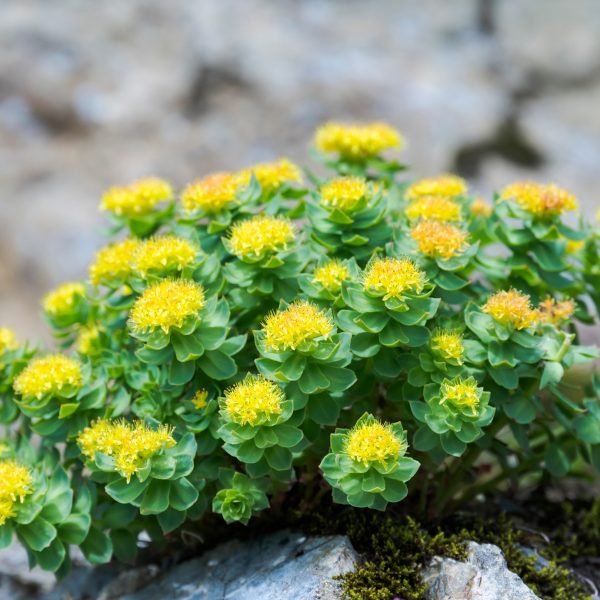-
How does it feel?
Arctic wrack is a brown seaweed. It forms characteristic single bladders on long, strap-like fronds which hang downwards on rocks commonly found in sheltered and intertidal regions. Arctic wrack is, generally, confined to the North Atlantic basin. Arctic wrack is cultivated in regions of Norway, Ireland and Iceland, where the beds of seaweed are cut on 4-5 year cycles.
-
What can I use it for?

Arctic Wrack (Ascophyllum nodosum) Over the course of this plants evolution, it has developed an ability to generate organic matter from inorganic matter in addition to being able to effectively store these materials in the form of mineral salts. The plant will utilise these stores to synthesize amino and nucleic acids and also protein.
Interestingly, the ion structure of Arctic wrack is very close to human blood plasma and interstitial fluid within the body; this makes it relatively easy for our body to consume and absorb the nutritional benefits this plant provides.
Arctic wrack contains macronutrients such as calcium, phosphorous, nitrogen, sulphur, magnesium and potassium but also contains micronutrients such as copper, manganese, zinc and iron. It is also a host for amino acids, proteins, polysaccharides and organic acids.
-
Into the heart of arctic wrack

Arctic Wrack (Ascophyllum nodosum) One of the primary advantages of Arctic wrack, is that the vitamins and minerals contained within in are all in their organic, natural form. This allows the body to ‘pick and choose’ which nutrients it is deficient from and absorb only what it needs. Anything the body does not require is metabolised out of the system.
Seaweeds are considered to be the most nutritious vegetable on the planet. The soothing, mucilaginous properties of seaweeds rejuvenate the lungs and gastrointestinal tract encouraging healthy digestion and elimination. It supports the digestive process by facilitating the absorption of nutrients and increasing beneficial intestinal lactobacilli. Being many times richer in calcium, iron, magnesium and iodine than any land vegetable, its positive effects on metabolism enhance the assimilation of its own rich nutrient and phyto-nutrient content and those from dietary sources.
Arctic wrack boosts thyroid function, circulatory health and would be a valuable support in the treatment of a range of degenerative conditions.
Arctic wrack is indicated in all forms of nutritional and blood based deficiency, including anaemia, due to its abundant nutritional profile. It is particularly balancing to the metabolism and will help support blood sugar imbalances, diabetes cholesterol imbalances and thyroid imbalances.
The iodine content of Arctic wrack indicates it for thyroid function, particularly hypo-thyroidism, where it will improve thyroid efficiency and help it to achieve a state of regulation and balance.
The soothing and mucilaginous nature, characteristic of most seaweeds also indicates it in any form of excess heat and hot irritation, particularly within the digestive tract. The mucilaginous portion also makes it an effective laxative for hot and dry constipation.
-
Traditional actions
Herbal actions describe therapeutic changes that occur in the body in response to taking a herb. These actions are used to express how a herb physiologically influences cells, tissues, organs or systems. Clinical observations are traditionally what have defined these actions: an increase in urine output, diuretic; improved wound healing, vulnerary; or a reduction in fever, antipyretic. These descriptors too have become a means to group herbs by their effects on the body — herbs with a nervine action have become the nervines, herbs with a bitter action are the bitters. Recognising herbs as members of these groups provides a preliminary familiarity with their mechanisms from which to then develop an understanding of their affinities and nuance and discern their clinical significance.
-
Traditional energetic actions
Herbal energetics are the descriptions Herbalists have given to plants, mushrooms, lichens, foods, and some minerals based on the direct experience of how they taste, feel, and work in the body. All traditional health systems use these principles to explain how the environment we live in and absorb, impacts our health. Find out more about traditional energetic actions in our article “An introduction to herbal energetics“.
Western energetics
-
Did you know?
Arctic wrack is commonly used as packing material for the transportation of shellfish and also as a high quality feed and fertiliser in agricultural practices.
Additional information
-
Safety
Potential interaction with conventional thyroid and diabetic medication. Proceed with caution.
-
Dosage
Infusion: 1 cup of boiling water over 2-3 teaspoons of dried herb and steep for 10 minutes.
Tincture: 6ml per day (1:5 25%).


